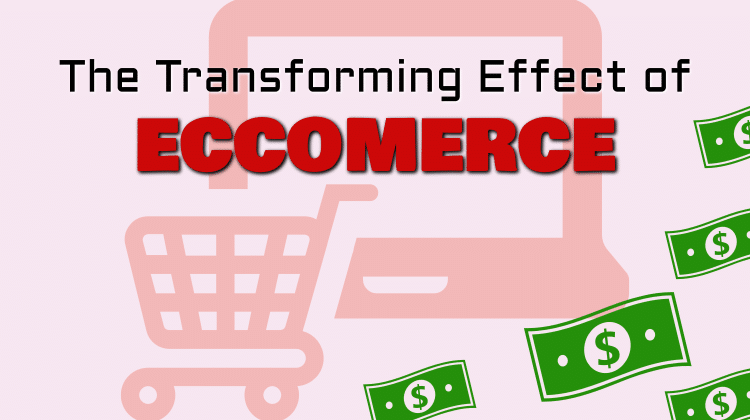
Sponsored by SLI Systems:
Did you know that 79% of Americans shop online?
It’s 2017: the year in which we have dozens of free website builders, online merchandising solutions, and hundreds of online portals to sell products through third-parties. Yet as mind-boggling as it is to realize, half of all U.S. small businesses do not have a website despite the number of individuals using the web for their everyday shopping.
Not only that but businesses are losing out on:
- Creating a great experience through customer service
- Spreading their brand through the help of social media and content
- Collecting analytical data to find new markets and make improvements
It all changes when an ecommerce website comes into play.
1. Social Customer Service
A combination of FAQ’s, live chat, and email support can do wonders for creating great engagement but the best avenue is through social media. Through social media you will answer problems and questions in a transparent manner which are seen by the rest of the marketplace and community. This showing of good will can convince others to give your brand a try because they see the value which you offer.
2. Analytics and R&D
The business may have been launched based around a gut-reaction, hobby, or great research about a profitable market, but what happens once it’s up and running? Analytics provided through search queries, website usage, social media, and customer inquiries will have a substantial impact on how to best plan new growth strategies, resources for R&D, and make improvements to existing offers.
3. Low Overhead & Flexibility
Placing your great idea into the market can be costly if you choose to do so through a brick & mortar location. An ecommerce site greatly reduces the cost to get to the market. A small investment into the domain, hosting, site setup, and cart often runs under a few hundred dollars.
The added benefit is that it continues to operate 24/7/365 and can be taken anywhere in the World. Talk about flexibility. This is especially valuable when considering welcoming locations for women-owned small businesses for both profitability and sourcing great talent.
4. Networking and Authority
You can talk the talk but to walk the walk you need to be present in all areas of commerce – especially in the ecommerce space. By being present you are now open to attract other like-minded business individuals that may lead to joint venture options, community exchange, and combined marketing strategies. Likewise, a bustling ecommerce portal and profitability will help earn your authority in the marketplace. With authority comes a greater ability to dominate the market space.
5. Equality
Sourcing talent from your local pool of workers may have a rigid selection depending on the area. Through the Web, however, you can access an unlimited amount of talent from all demographics. This creates equality in the workforce.
A sizable mix of individuals from all over the globe, coming from different backgrounds, also generates new, exciting ideas you may not have thought of on your own. There are hungry, work-ready individuals from all over bringing a wide range of new talents and skills that can greatly help the growth of your business. Try sourcing them through online job boards, social media, conferences, and other platforms/gatherings which are multi-cultural!
Conclusion
Ecommerce is an absolute game-changer when it comes to the viability of your business, yet it’s still odd that so few small businesses have gotten on board with their online presence.
If there’s just one activity you should do today if you’ve fallen into the “have-not” category, it’s to research and act on developing a website. Make your online presence known. Invest the capital to create a hub of activity in the online marketplace. If not – you can sure bet your competition will – and with it comes less of a chance to find your place within the community.